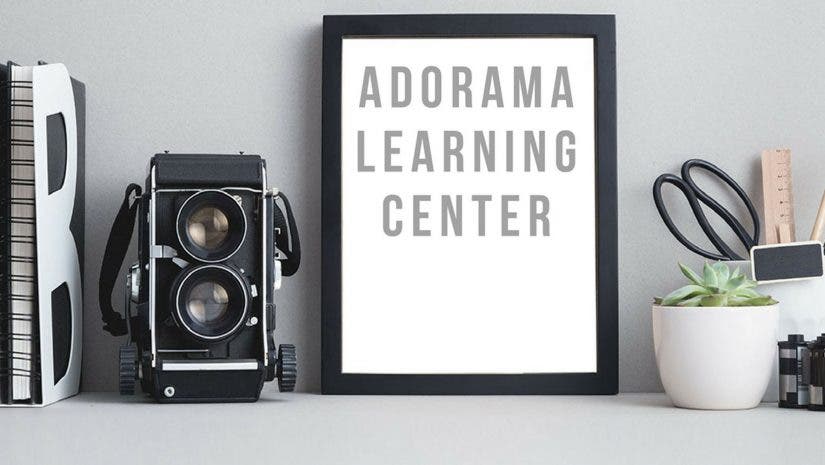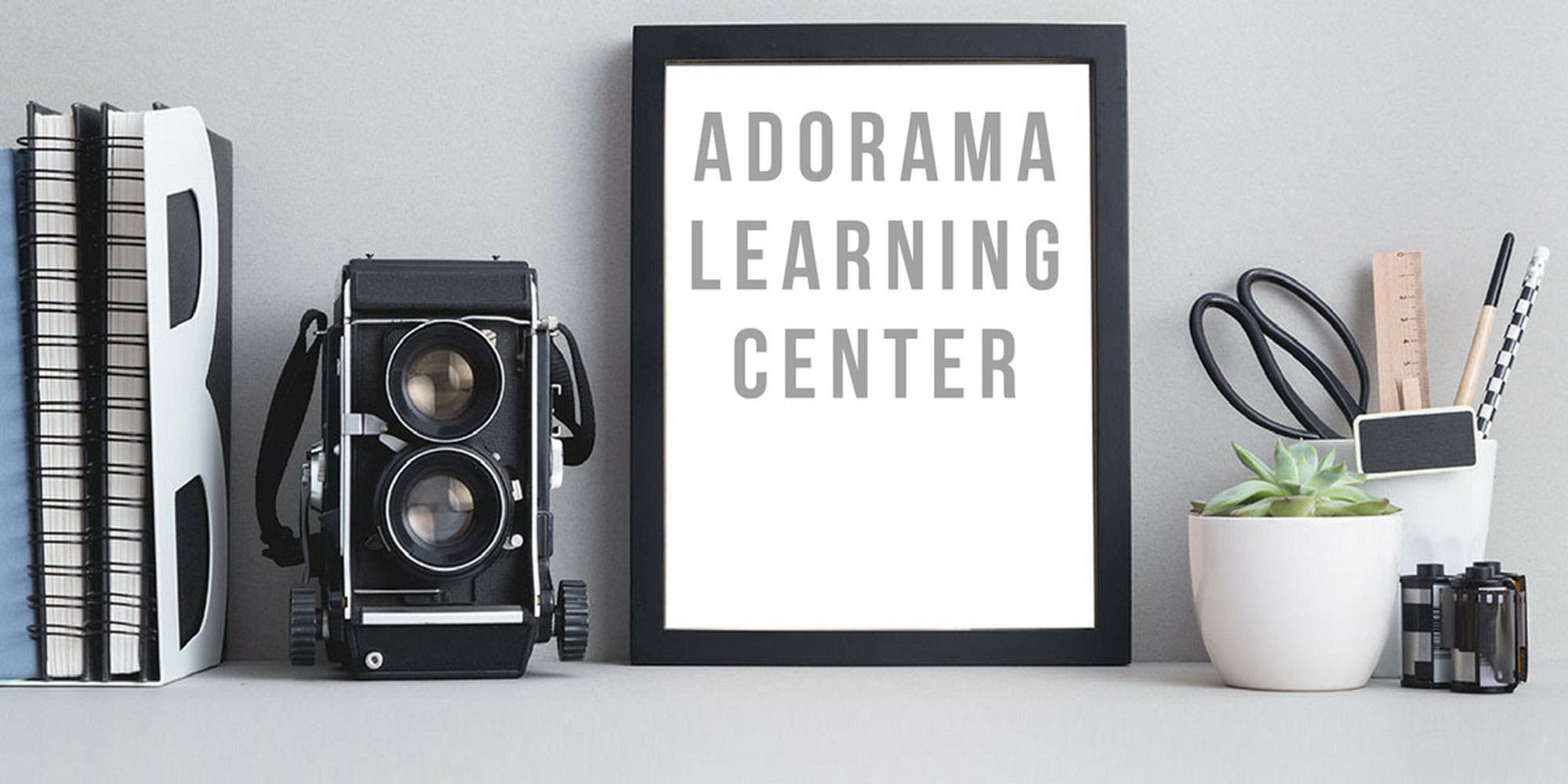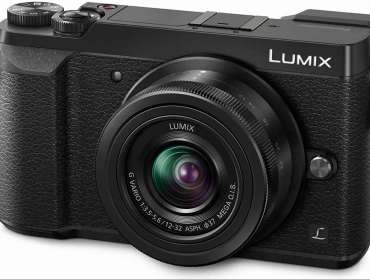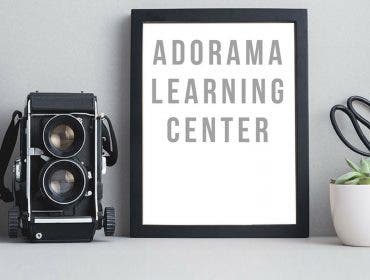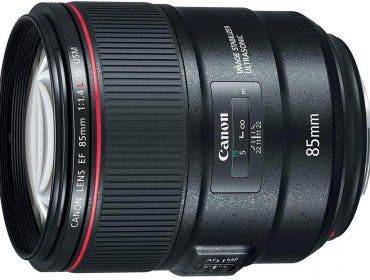The compact digital camera has been dead for several years now, killed off by the likes of the Apple iPhone, Google Pixel, Samsung Galaxy, and their ilk. But compact digital cameras are coming back. Not as low-cost, low-expectations snapshot cameras, and not as a mass-market product, but as premium-priced, niche-oriented specialty tools that deliver the kind of outstanding image quality, performance, and features that were once only available on high-end DSLRs.
Yes, you can still find low-end compact digital cameras for anywhere from under $100 to around $250 or so, but they are no longer flying off the shelves. In fact, inexpensive compact digital cameras, once the king of the photographic world in sales volume, make up a small fraction of camera sales these days. But if you look at cameras in the $500-and-up range (topping off at nearly $5,000), there are more choices now than ever. And, they’re selling. Not in massive numbers, but they’re being embraced by serious photographers and specialists.
Typically, the cameras fall into three categories:
• Big sensor, fixed lens
• Smaller sensor, long zoom
• Big-ish sensor, short zoom
Almost all models in this category have manual overrides for exposure and focus, and most have built-in eye-level electronic viewfinders and those that don’t will have a data port that can accommodate an external EVF. Most models offer a built-in flash and/or a hot shoe for an external flash to be added on. Some have extenders that can convert the focal length of the lens to a wider angle or a telephoto, and some have a filter ring.
What Killed The Compact?
That’s easy: Smart phones killed compact digital cameras. Smart phones’ tiny sensors and little lenses were good enough for screen resolution, which, it seems, is all many casual users wanted anymore. The crop of compact digital cameras that were available when the first iPhone burst on the scene featured sensors that weren’t much bigger and produced images that weren’t significantly better quality. Plus, smart phones had a huge advantage: They let you easily share the pictures on social media.
Camera makers tried to catch up, making awkward and clumsy internet connectivity a feature on existing cameras, but people generally were abandoning stand-alone, pocket-sized cameras because they already had a camera in their pockets. And so, around eight to 10 years ago, sales of compact cameras dropped off a cliff.
Camera Companies Play Catch-up
Over the past several years, however, a trend has emerged: A new generation of premium compact cameras, touting the combination of much better image quality, outstanding optics, eye-level viewfinders (something not available on smartphones, no matter how hard they try), have hit the market. These cameras offer manual exposure and focus controls, and in some cases, super-wide-ranging lenses and superior optics. The fact that they all have some wireless connectivity with smart phones is nice, but not their selling point.
Their selling point is quality and control in a compact camera. And that’s resonating among more serious photographers and smartphone users who are bumping up against the limitations of their technology.
What’s Good Now? Here’s Our Short List
Here are nine compact digital cameras that have been embraced by discerning photographers. They’re not necessarily displacing smart phones, but many have become the go-to walk-around camera for DSLR users.
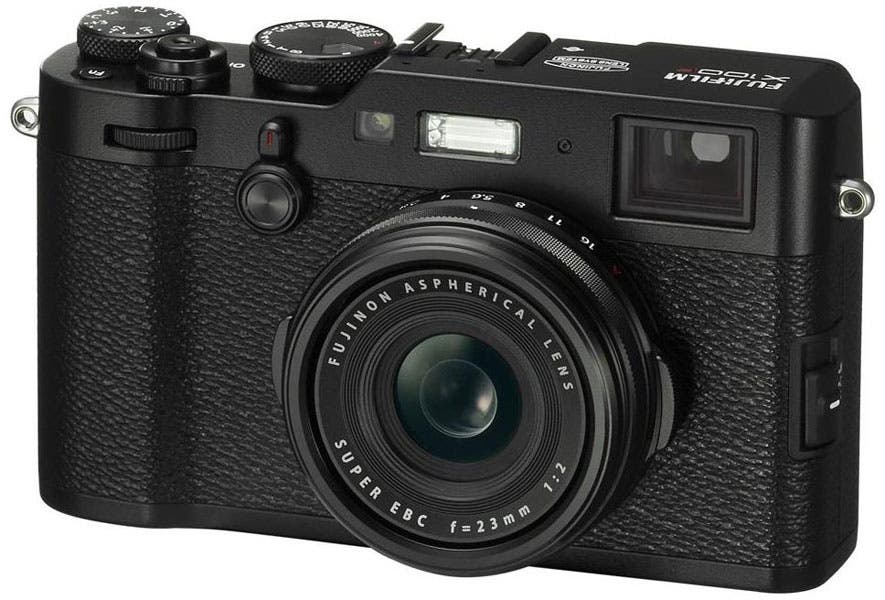
Fujifilm X100F ()
The original Fujifilm X-100, when it was introduced in 2013, was an instant hit for street photographers and photojournalists, thanks to its 23mm lens (35mm equivalent), high-quality APS sensor, and unique dual digital/optical viewfinder. The X100F, the latest incarnation, offers faster AF, a newer 23MPAPS-C X-trans CMOS II sensor, Wi-Fi, and full HD video.
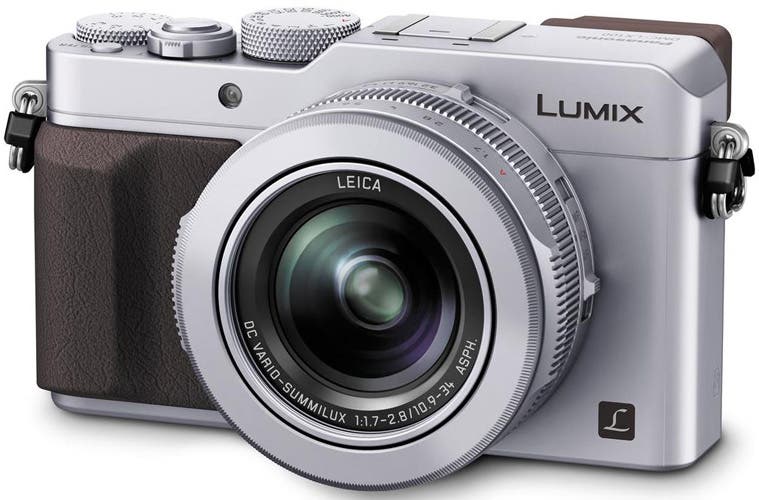
Panasonic Lumix LX100 ()
Built around a 16MP Four Thirds sensor, the Panasonic Lumix LX100 puts exposure, aperture and focus at your fingertips in a layout that will be instantly familiar to those weaned on more advanced DSLRs and film cameras. A zoom lens with a modest 24-75mm (35mm equivalent) range starts out at f/1.7, making it a fast option for candid low-light photography as well as for travel photography.
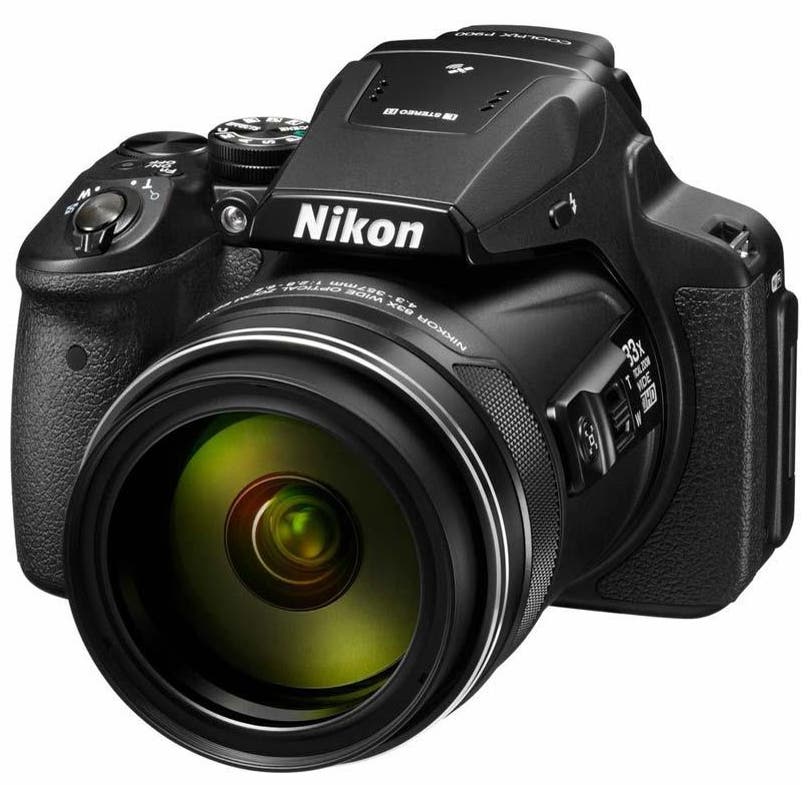
Nikon Coolpix P900 ()
Granted, its 1/2.3-inch sensor is the smallest in this batch, but this allowed Nikon to squeeze in an 83x optical zoom lens with a 35mm equivalent zoom range of 24-2000mm, the longest zoom on the planet. While this might not be the greatest camera in low light, it’s a wonderful option for travel photography, wildlife and birding, and even sports photography. Its extensive Wi-Fi capabilities allow it to be used in conjunction with smart phones and tablets.
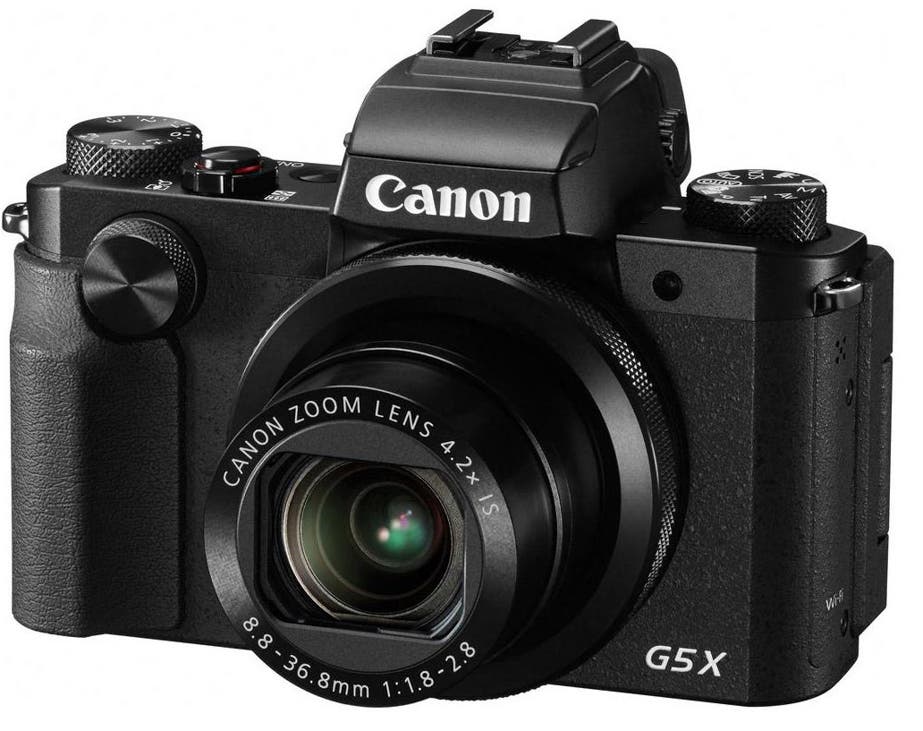
Canon G5 X ()
After years of false starts, Canon finally got it right, producing a small camera with a big 20MP 1-inch sensor and a high-resolution eye-level EVF in a housing that makes it look like a DSLR. Gone are the early, inadequate G-series “squint-finders” and tiny sensors. The 24-100mm (35mm equivalent) zoom range, paired with macro focusing to 2 inches and a wide aperture of f/1.8-2.8, give users flexibility for anything from street and travel to nature and macro shooting.

Sony RX100 V ()
With both a pop-up flash and a pop-up electronic viewfinder, the Sony RX100 V offers a brilliant solution to the problem of how to fit both a large LCD 3-inch monitor and an EVF on the back of a small camera. It features a 1-inch type 20MP sensor, a fast 24-70mm (35mm equivalent) f/1.8-2.8 built-in zoom lens, claimed 0.05-second AF acquisition thanks to 315 AF points. It captures 4k video as well, and focuses as close as 0.2 inches. It’s a great choice for travel and street photography, but could also be used for fine-detailed scenics as well as family candids.
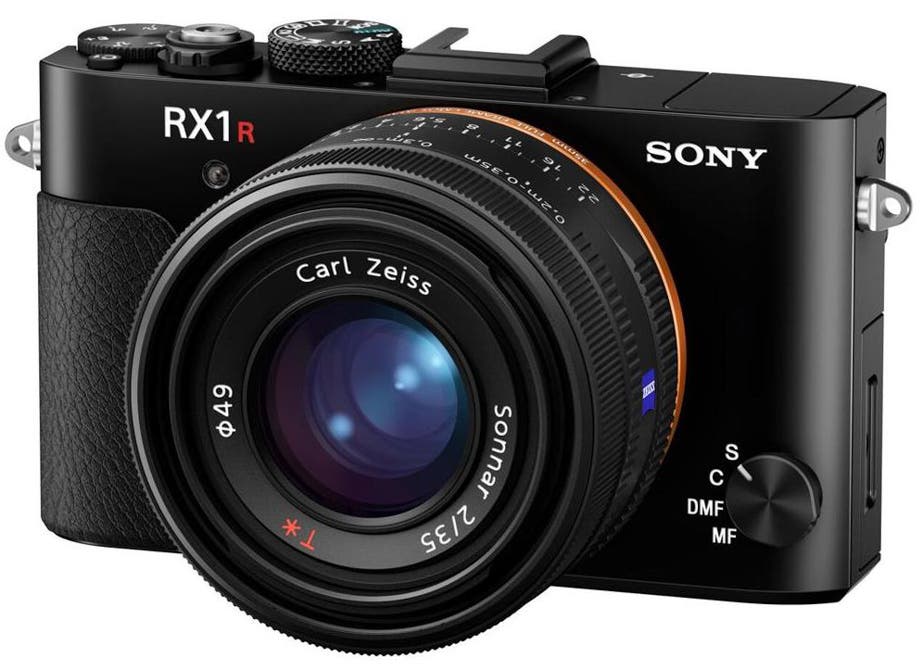
Sony Cyber-Shot DSC Rx1 R II ()
With a 42MP full-frame sensor, variable low-pass filter, and built-in 35mm f/2 lens, the Sony Rx1R II is designed for street and studio photographers who are up for the challenge of working within the restrictions of a fixed focal-length lens. It’s a premium-priced camera and it isn’t for everybody, but it will give you control over image quality via an optical variable low-pass filter, 399 focal plane AF point coverage, a pop-up eye-level electronic viewfinder, and tiltable LCD monitor. Image quality is said to be best in class for a camera this size.
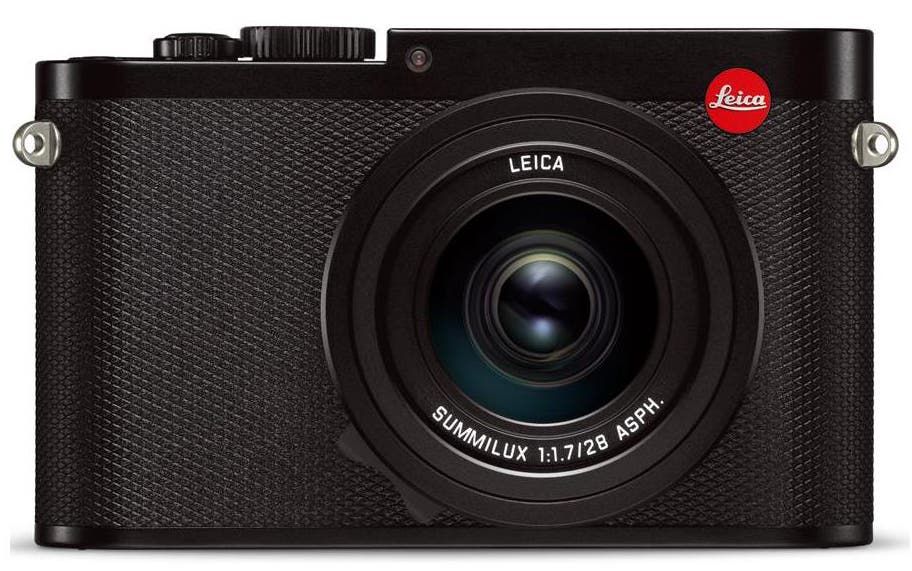
Leica Q ()
Street photographers around the world have embraced the Leica Q for its compact size (it is a bit smaller than a Leica M), 24MP full-frame sensor and street-friendly built-in Summilux 28mm f/1.7 lens. Like other Leica lenses, the Q’s lens has a focus tab, one of the most important features for street shooters, and an electronic eye-level viewfinder. ISO tops out at 50,000, making this a good choice for low-light handheld shooting. Image quality is similar to a Leica M 240 with a 28mm f/2.8 Leica lens, but at roughly half the price. And, unlike Leica Ms, the Q has built-in Wi-Fi.
Ricoh GR II ()
Another camera that has been embraced by the street photography community, the Ricoh GR II is available at a fraction of the price, even with the addition of the $250 Ricoh GV-2 Viewfinder or Voigtlander 28mm viewfinder for eye-level viewing. Image quality approaches DSLRs with the 16MP APS-C sensor. It has a built-in 28mm (35mm equivalent) f/2.8 lens and lag-free manual focus operation. Snap Focus is a feature that helps users capture fleeting decisive moments.
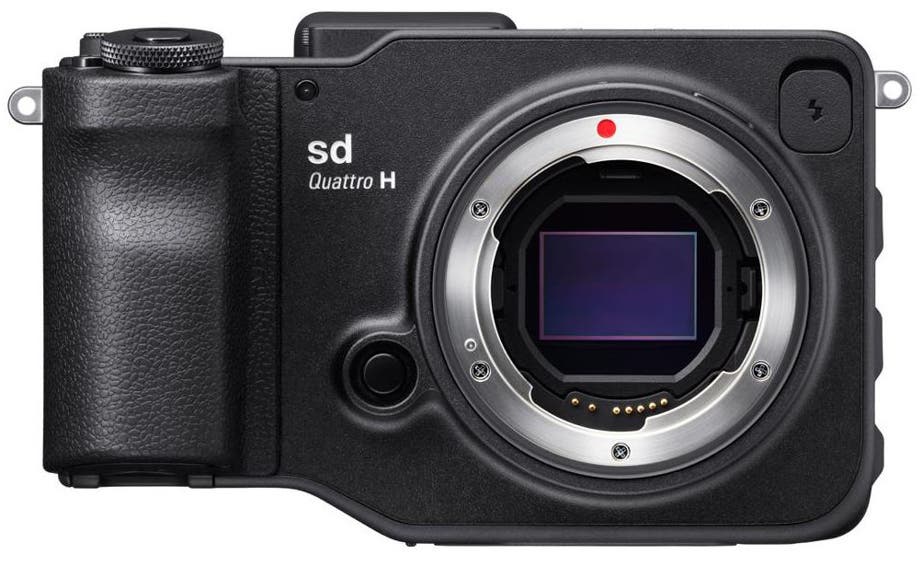
Sigma Quattro H ()
The Quattro H is not a general-use camera; it is a specialized tool, ideal for landscapes, fashion, architecture, still-life images, and other specific photographic applications that require impressive detail capture. It shoots detail-filled DNG-format images that take full advantage of Sigma’s “Art” line of lenses. But the big undocumented feature is that you can remove and replace the IR cut filter at will; this converts the Quattro H to an Infrared camera without voiding the warranty. For some photographers, that alone may be worth the price.
